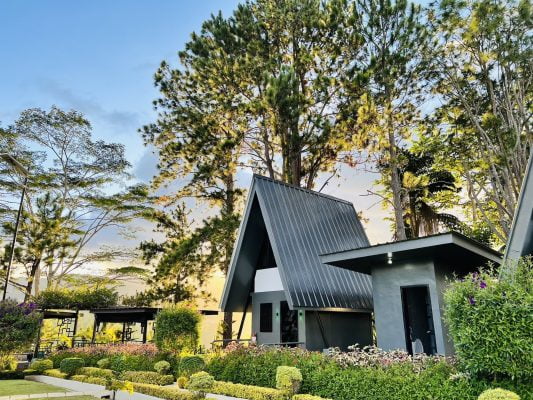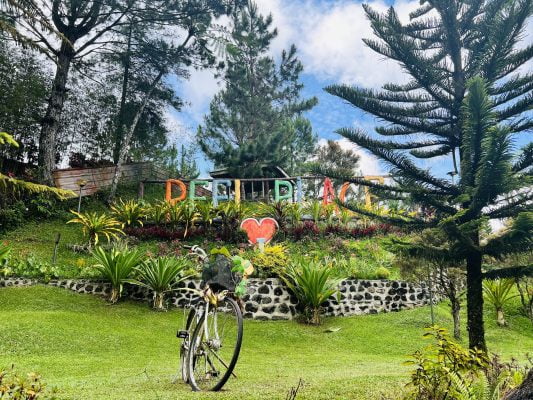The Philippines has a rich colonial past brought about by the three-century Spanish rule. The old churches built by the founders of Catholicism in the country tell this tumultuous yet beautiful part of history.
Eighty-six percent of the Filipino population is Roman Catholic and understandably, they consider the churches as priceless treasures. In fact, the National Historical Commission has declared all colonial churches built before 1940 as “Classified Historic Structures.”
So where is the oldest church in the Philippines? Historical accounts say that the San Agustin Church in Intramuros built in 1607 is the oldest stone church in the Philippines. The church’s earlier incarnations date back as early as 1571.

The Oldest Church in the Philippines
The current San Agustin Church in Intramuros is actually the third structure the Augustinians built on the site. They built the first structure in 1571 out of nipa and bamboo. The attempted invasion of Manila led by Chinese pirate Limahong in 1574 left the church in ashes.
Shortly after the fire, they erected a second structure — this time made of wood. Unfortunately, fire also destroyed that church in 1583. Having learned their lesson, the Augustinian friars decided to build a stone structure and add a monastery. Construction began in 1586 and the church was completed on January 19, 1607.
UNESCO World Heritage Site
In 1993, UNESCO declared San Agustin Church and three other baroque churches in the Philippines as World Heritage Sites. The other three are Santa Maria Church in Ilocos Sur, Paoay Church in Ilocos Norte, and Miag-ao Church in Iloilo.
UNESCO singled out the churches for their unique architectural designs. Often regarded as “earthquake baroque“, the churches’ designs have Spanish and Oriental influences. The country’s geographical location demanded that walls be thick enough to withstand earthquakes and other natural disasters. Detailed depictions of Christ’s life and elaborate iconography emphasize the traditional baroque style.
Architectural Wonder
It is hard to miss the massive church when exploring Intramuros. The church symbolizes the majesty of the Spanish golden era. Its design takes after the Augustinian churches in Mexico.
San Agustin Church’s interior is nothing short of grand. Huge chandeliers from France adorn the church’s high ceiling and priests celebrate mass from a baroque pulpit. Ivory and gold dominate the interior, ever-present in the choir seats, pillars, grand pipe organ, and the 16th-century crucifix.

A Witness to Historic Events
If the San Agustin Church walls could talk, it will tell a gripping tale of fires, bombings, important burials, and wars lost and resolved.
About a hundred years after its completion, British forces looted the church during the Seven Years’ War.
In 1863, the church stood strong as the rest of Manila shook and crumbled in an earthquake. Being the only public structure that survived, it served as a makeshift hospital for the injured. San Agustin Church has withstood several other earthquakes since its completion with little damage.
The church played witness to the beginnings of Philippine independence. The Spanish Governor-General prepared the terms of surrender to the American forces in the church in 1898. Dark times came as it became a concentration camp by the Japanese in WWII. Hundreds lost their lives to the battles and the church sustained considerable damage, with the monastery completely destroyed.
The Augustinians rebuilt and turned the monastery into a museum in the 1970s. Renovations in 2013 resulted in the current facade with the muted stone coloring.
Things to Do Nearby
San Agustin Church sits at the heart of Intramuros, the historic walled city the Spaniards used as their base in Asia. While the walled city is relatively small, you will find plenty of interesting activities, most of them related to the area’s rich history.
Here are some things you can do aside from marveling at the beauty of San Agustin Church:
- Ride a kalesa, a horse-drawn carriage.
- Explore the area on a bamboo bike.
- Relive some of the most important parts of history in Fort Santiago.
- Visit other grandiose churches like the Manila Cathedral, Santo Domingo Church, San Sebastian Church, and Lourdes Church.
- Visit the museums: San Agustin Museum, Bahay Tsinoy, Casa Manila, and the Light and Sound Museum
- Have a buffet lunch at Barbara’s Heritage Restaurant and dinner at Illustrado’s.

The oldest church in the Philippines has stood the test of time and melded well with the fast-paced growth of the city around it. Manila may be headed to a very bright future but one only needs to look at San Agustin Church to remind himself of the past that shaped the city into what it is today.






